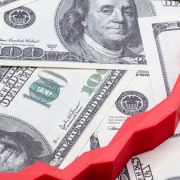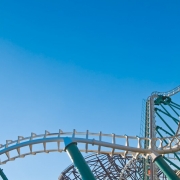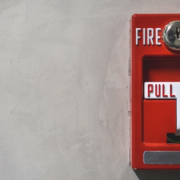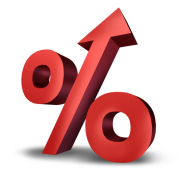Small Investor Opportunities Surface For Industrial
Despite strong overall demand, rising interest rates are changing the fundamentals of industrial sales deals with retrading becoming ubiquitous.
Lately, 100% of the retrading activity has been for that reason, according to NAI Global brokers during the July Logistics Conference Call.
One broker said that institutional investors are putting everything on hold for 5 to 6 weeks to see how interest rates shake out, according to NAI Global.
However, the group noted that there is upside to some of the retrading activity. According to some of the broker comments, sales that are dropped during the due diligence period—and most often to institutional investors—is allowing local and usually smaller regional investors who have been “boxed out” the opportunity to buy in what has been one of the most competitive environments for industrial property sales in history.
BJ Turner, founder of Dunleer, a Los Angeles-based private real estate investment and development firm that focuses on industrial and multifamily sectors, tells GlobeSt.com that there are definitely more and more re-trades happening in the marketplace.
“Deals that were put together 45 to 60 days ago have wrapped up due diligence and now it is time to remove contingencies,” Turner said. “Their lenders are either pencils down or telling them the rate for debt financing is 100 bps to 150 bps higher, so something has to give—and in most cases, it’s the buyer saying to the seller they still like the deal, but due to the cost financing, they can’t afford to pay the same price they did before. In many cases, there is some form of a meet-in-the-middle solution that works for both the buyer and seller and deals get done. In the deals that don’t get done, there are opportunities for users to put deals into escrow they couldn’t compete on three to six months ago.”
Demand, No Less, Remains Robust
Doug Ressler of Yardi’s Commercial Edge said despite those growing weary of a possible recession around the corner, demand for industrial space remains as high as ever.
He said that in June, the average in place rents grew 4.9% year-over-year, the vacancy rate fell to 4.6% and the average cost of a new lease signed in the past 12 months was 88 cents higher per foot than the overall average.
“Supply of new industrial space cannot maintain pace with demand, a problem more pronounced in areas where geography limits the amount of land available for development,” Ressler tells GlobeSt.com.
Source: GlobeSt.











